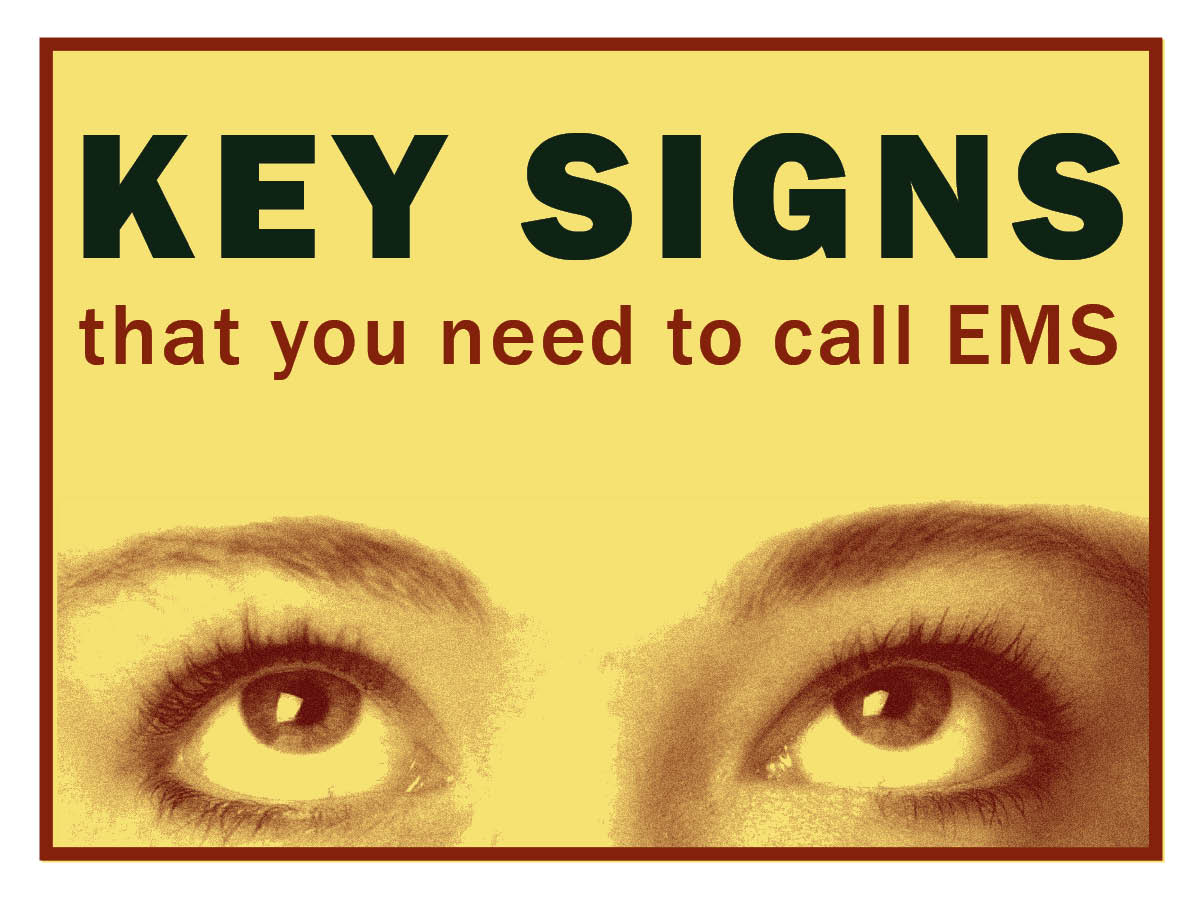Caffeine is a central nervous system stimulant. It's one of the most popular drugs in the world, consumed by up to 90% of people in the world in one form or another, but most commonly in beverage form. It is a naturally occurring substance found in plants like cocoa beans, tea leaves, coffee beans, and kola nuts.
How Stuff Works
This link has medical and chemical information on caffeine as well as the breakdown of how much caffeine is in medications like Anacin, Vivarin and Dexatrim.
The American Dietetic Association
This link has several brief articles on caffeine, including Cutting Down on Caffeine, Chocolate: Facts and Fiction and Straight Facts About Beverage Choices.







